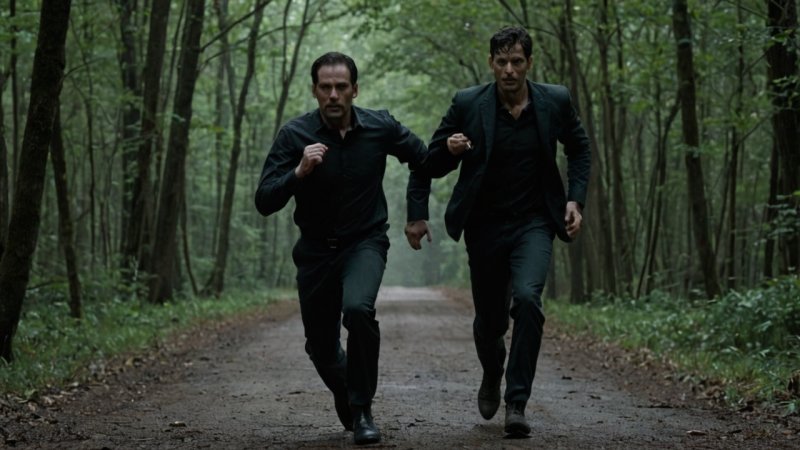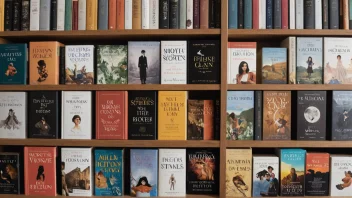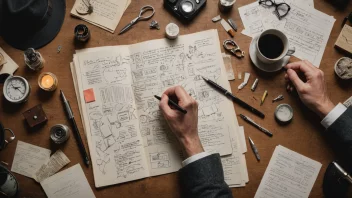Pacing is a crucial element in crafting a compelling thriller. It dictates the rhythm at which the story unfolds, influencing how readers experience suspense and tension. Understanding how to manipulate pacing can elevate a narrative, making it gripping and unforgettable.
To build tension through pacing, authors can employ several techniques. One effective method is the use of short, punchy sentences during high-stakes moments. This style creates a sense of urgency, propelling the reader forward. For example, consider a scene where a protagonist is being chased. Short sentences can enhance the frantic energy of the moment, making readers feel as if they are racing alongside the character.
Another technique involves alternating between fast-paced action scenes and slower, reflective moments. This contrast allows readers to catch their breath while simultaneously heightening the tension. In a thriller, when the action slows down, it can create an opportunity for characters to reflect on their circumstances, heightening the stakes for the reader. The slower moments can also provide critical insights into character motivations, creating emotional investments.
Additionally, cliffhangers are a classic tool in pacing that can amplify tension. By concluding chapters or sections with unresolved conflicts or shocking revelations, authors compel readers to continue. This technique keeps the audience engaged, eager to uncover what happens next. For instance, ending a chapter with a character discovering a crucial piece of evidence can leave readers on the edge of their seats.
Timing is also vital in pacing. Knowing when to reveal key information can significantly affect the tension in the narrative. Strategic placements of twists and revelations can alter the reader’s perception and expectations, creating a rollercoaster of emotions. A well-timed twist can not only shock readers but can also shift their sympathies or understanding of characters, deepening the narrative complexity.
Moreover, the pacing can be influenced by the length of chapters and scenes. Shorter chapters can create a fast-paced reading experience, while longer chapters may allow for more in-depth exploration of themes and characters. Balancing these elements is essential for maintaining reader engagement throughout the thriller.
Finally, don't underestimate the power of dialogue in pacing. Quick exchanges can accelerate the tempo of a scene, while longer, more contemplative conversations can slow it down. Using dialogue effectively can help authors control the pacing and build tension organically.
In conclusion, mastering pacing is essential for creating tension in thrillers. By employing techniques such as short sentences, contrasting scenes, cliffhangers, strategic timing of revelations, and dynamic dialogue, authors can craft narratives that keep readers at the edge of their seats. The art of pacing is not just about speeding up the action; it’s about finding the right rhythm to evoke emotional responses and maintain suspense throughout the story.






